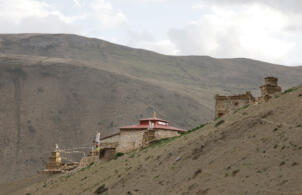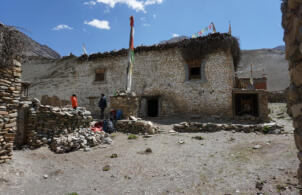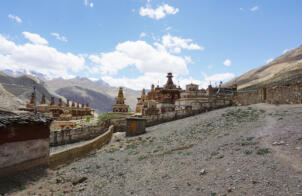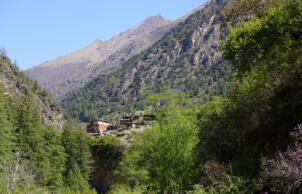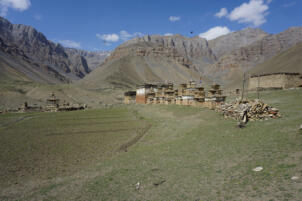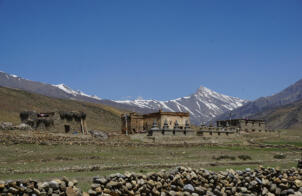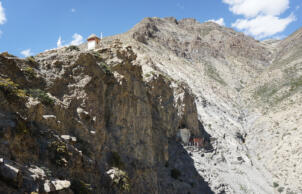Nepal
Architectural research on Dolpo

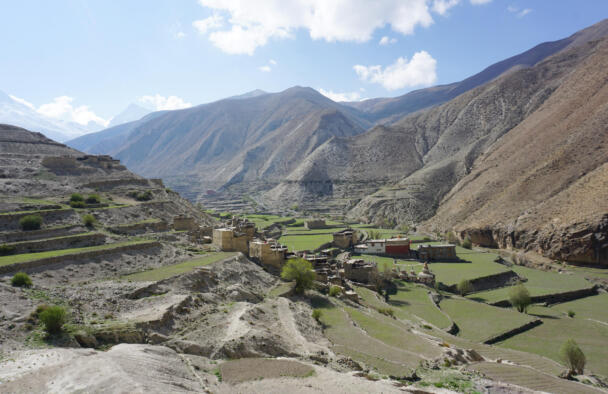
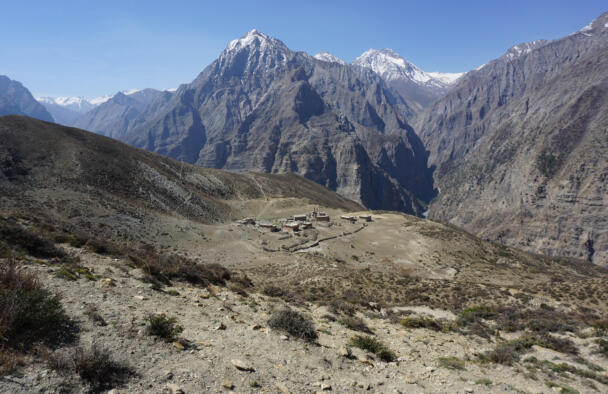


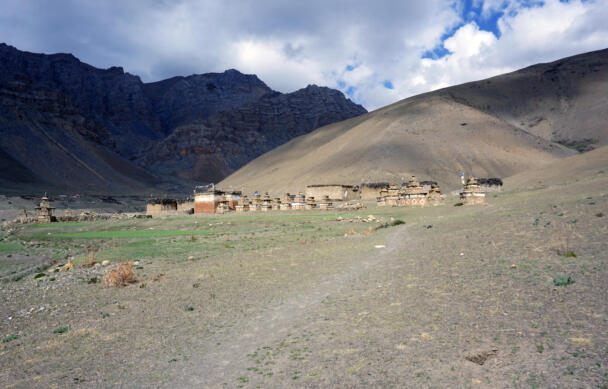

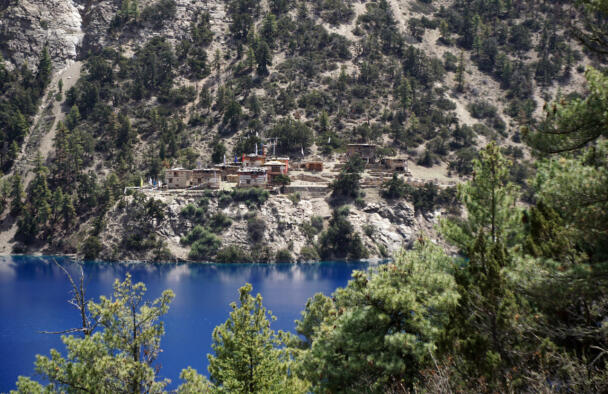



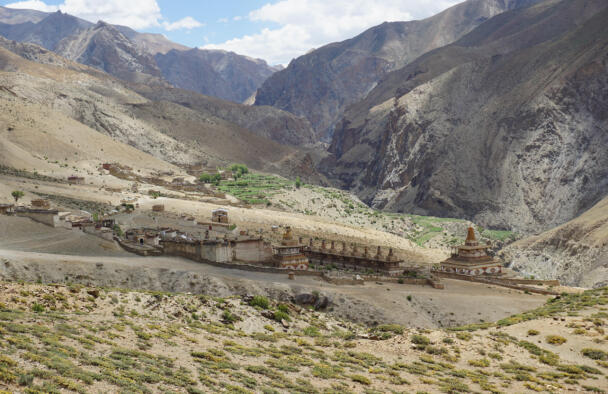
Field work 2018-2023
The first FWF project on Dolpo allowed field research within the framework of two journeys in 2018 and 2019. An inventory of relevant buildings in Dolpo could prepared, which formed the basis of the following field research. This initial survey included sites in Upper and Lower Dolpo. For all of these ensembles, settlement and site plans as well as a description of the buildings and a photo documentation were prepared. Based on the 2018 inventory, reachable sites in the border region between Lower and Upper Dolpo were surveyed and documented in 2019.
The approval of the follow-up project allowed further field research missions in fall 2022 and early summer 2023. The cooperation with the Institute of Engineering Geodesy and Measurement Systems (IGMS) of the Graz University of Technology enables us to optimise the building documentation in the course of the field research by using high-tech 3D surveying and to achieve a geodetic accuracy level of the survey. In addition to the unusual weather conditions in September and October 2022, the transport and functionality of the technical equipment (work station, measuring instruments and solar power supply) was a challenge, but ultimately allowed a comprehensive digital building survey of the following ensembles in Dolpo: The Shey-Sumdo Monastery, the Gomoche Gompa, the Nesar Gompa in Bijer, and the Monastery of Samling. In Ringmo and Tokyu, supplementary digital measurements of the exterior and additional photographs were taken with the drone, respectively, to complement the existing documentation. The 2023 fieldwork was successfully conducted in May and Juni 2023. The survey included seven sites in Dolpo: Starting in the Tarap Valley we documented the Ribo Bhumpa Gompa, the Shipchok Monastery of Dho Ro, the ensemble of Mekyem, the Kagar Village Gompa, the remains of the Trangmar Gompa next to it, and the Zur Gompa on the hill above, as well as the surrounding structures. In the Nangkhong valley we surveyed the Monastery of Hrab and the Namdo ensemble. During this time, it was also possible to visit the Yangtse Monastery, which lies close to the Tibetan border. The results of this year’s measurements show that the use of 3D laserscan technology enables buildings to be surveyed quickly and accurately.
Folder: Architectural Research on Dolpo
Auer, C. E. (2025). Surveying a Sacred Landscape: First Steps to a Holistic Documentation of Buddhist Architecture in Dolpo. Heritage, 8(9), 385. https://doi.org/10.3390/heritage8090385


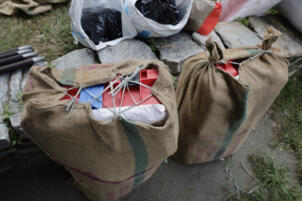

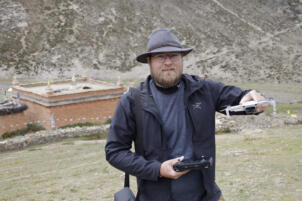



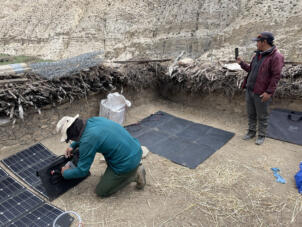





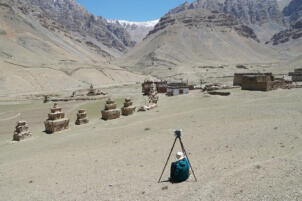
More from





